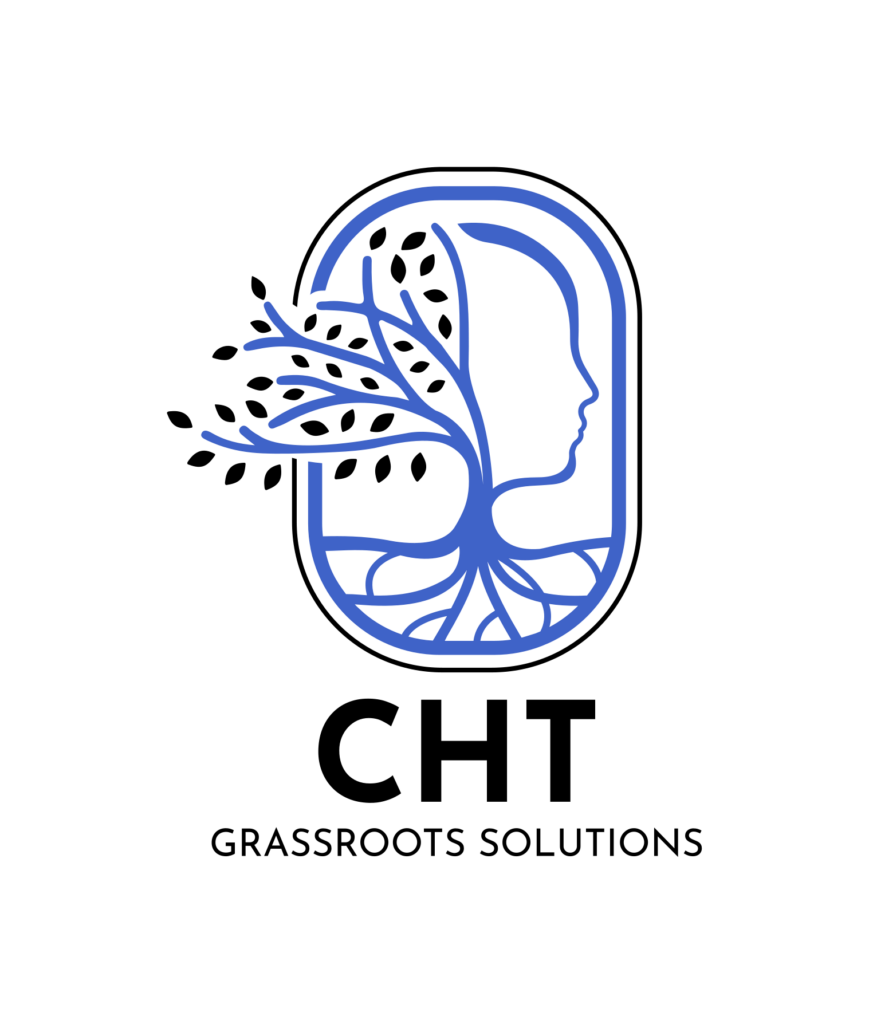Introduction
Imagine living in a place where there may be no doctor, and medical resources are sparse. For many in rural and remote communities, including Indigenous populations, this is an everyday reality. Geographic isolation, limited access to medical resources, and cultural barriers have created significant gaps in care. For these communities, the solution isn’t about importing systems that work in urban settings; it’s about creating grassroots healthcare solutions led by local health leaders, supported by compassionate strategists, and aligned with traditional values.
At the heart of this transformation is the community health transformation (CHT) model: a practical approach to delivering healthcare that is meaningful, culturally relevant, and sustainable. Local collaborations can significantly improve health outcomes by addressing social determinants of health and building trust within communities. For example, programs led by their own local collaborative workers have demonstrated reductions in maternal mortality rates and improvements in chronic disease management. When combined with strong leadership and a thoughtful change management strategy, these programs can empower communities to take charge of their health, ensuring long-term success and healing.
The Unique Needs of Rural and Remote Communities
Have you ever wondered why healthcare struggles in remote areas? Rural and remote communities face distinct barriers that require creative, localized solutions. Access to healthcare is often limited by:
- Geographic distance: Traveling hours for care is a reality for many.
- Infrastructure gaps: Basic healthcare facilities and reliable transportation may be lacking.
- Cultural disconnects: Many traditional healthcare systems fail to understand or respect local values and practices.
For Indigenous communities, in particular, healthcare must go beyond physical healing. It should honour traditional knowledge, respect elders, and address the community’s holistic needs. Without this cultural alignment, even the best-intentioned efforts may fall short.
This is why patient-centred care, rooted in trust, respect, and collaboration, is essential for success in these settings.
Community Health Transformation: A Grassroots Solution
Community health collaborations are like the connective tissue in a healthcare system, linking the formal medical infrastructure to the heartbeat of the community. They are local leaders and individuals trained to provide healthcare services, support, and education right where people live. Their familiarity with the community’s language, customs, and unique needs makes them invaluable.
How Local Collaborators Make an Impact:
- Cultural relevance: local leaders and workers bring care that aligns with the community’s way of life, which fosters trust and improves outcomes.
- Accessibility: By delivering care at home or nearby, local workers eliminate the need for costly and time-consuming travel.
- Prevention-focused: Local leaders and collaborators educate communities on prevention, reducing the burden on hospitals and clinics.
The effectiveness of CHT depends on strong leadership and a clear vision for how locals integrate into broader healthcare systems. With guidance, collaborators can work alongside leadership, nurses, doctors, and policymakers to create a cohesive team that drives health equity.
Leadership and Change Management: The Missing Piece
Introducing a local collaborative program, or any healthcare model, requires more than just resources. It requires leadership: For example, a community health advocate in a remote community could not only spearhead a program that trained local workers but also work closely with elders and traditional healers to ensure the program honoured cultural values. The advocate’s ability to connect stakeholders, secure funding, and inspire the community highlights the transformative power of strong leadership.: someone with the skills to manage change, motivate teams, and drive transformation.
This leader is someone who:
- Understands the community: They listen to the voices of elders, community members, and local leaders.
- Builds collaboration: They bring together healthcare providers, policymakers, and sectors like housing, education, income assistance, recreation, health and clean water.
- Drives sustainability: They plan for long-term funding, training, and integration of local leaders and workers into the healthcare system.
- Leads with passion: They genuinely care about the people they serve and see their work as a mission, not just a task.
A skilled leader acts as the glue that holds these programs together. They ensure that resources are allocated wisely, challenges are anticipated, and progress is made.
Blending Modern Medicine with Traditional and Ancient Values
In many Indigenous and remote communities, health and healing are deeply tied to traditional teachings, such as the Seven Teachings—wisdom, love, respect, bravery, honesty, humility, and truth—which guide holistic well-being and community care. These teachings offer a framework for creating healthcare systems that resonate with cultural values and foster trust. Western medicine alone cannot meet these needs; it must work harmoniously with traditional practices.
Practical Ways to Blend Approaches:
- Involving Elders and Traditional Healers: Invite them to collaborate on health strategies, ensuring that cultural practices are preserved.
- Training Workers in Dual Knowledge Systems: Workers and leaders can learn Western medical techniques and traditional healing practices to better serve their communities.
- Creating Safe Spaces for Collaboration: Facilitate open dialogue between healthcare providers and the community about what healing means to them.
This blending of modern and traditional approaches creates solutions that feel meaningful and deeply rooted in the community’s identity.
Overcoming Challenges to Local Program Success
While local collaborative programs show great promise, they’re not without hurdles. To address these challenges, leaders can focus on actionable steps like securing long-term funding through partnerships, creating clear integration frameworks within existing healthcare systems, and developing training pathways that include career advancement opportunities and ongoing skill-building. Common challenges include:
- Sustainable funding: Leaders must advocate for consistent financial support to keep programs running.
- Integration with existing systems: Leaders and workers need a clear role in the healthcare hierarchy to ensure seamless collaboration.
- Professional development: Local leaders and workers deserve recognition, ongoing training, and career pathways to keep them motivated.
A great leader can tackle these challenges by creating partnerships with governments, NGOs, and community stakeholders, ensuring that these programs remain strong and impactful.
The Human Element: Love, Healing, and Genuine Care
At the foundation of every successful healthcare initiative is genuine care. For instance, in one remote community, a dedicated leader made it a point to visit the community, listen to residents’ concerns and build personal connections. This simple act of kindness created trust (TRUTH as the foundation) and set the stage for a successful healthcare program that the community was responsive to. Transforming healthcare in small communities isn’t just about policies or systems, it’s about people. It’s about showing love and respect to those who feel overlooked.
When Leaders Bring Care:
- Communities feel heard and valued.
- Trust grows between patients and providers.
- Health outcomes improve as people engage more with their care.
By leading with compassion, leaders can inspire entire communities to embrace change, making healthcare a shared mission rather than a service.
Conclusion
Transforming healthcare in rural and remote communities requires bold leadership, culturally aligned solutions, and a commitment to sustainability. If this resonates with you, consider advocating for CHT programs in your area, collaborating with community leaders, or supporting initiatives prioritizing grassroots health solutions. Together, we can make a difference. By empowering local health leaders and workers, we can build systems that bring care closer to home, honour traditional values, and create lasting change.
With the right person at the helm, someone passionate, strategic, and grounded in love, these changes are not only possible but inevitable. Together, we can bring healing and hope to communities that deserve nothing less.
Contact me for more information on implementing CHT in your community or organization.
Do you wonder if you or your community are ready for this? TAKE THE QUIZ HERE


One response to “Building Health From the Ground Up: Empowering Rural and Remote Communities Through Local Leadership”
You can definitely see your skills within the work you
write. The sector hopes for even more passionate writers like you who are
not afraid to mention how they believe. Always follow your heart.